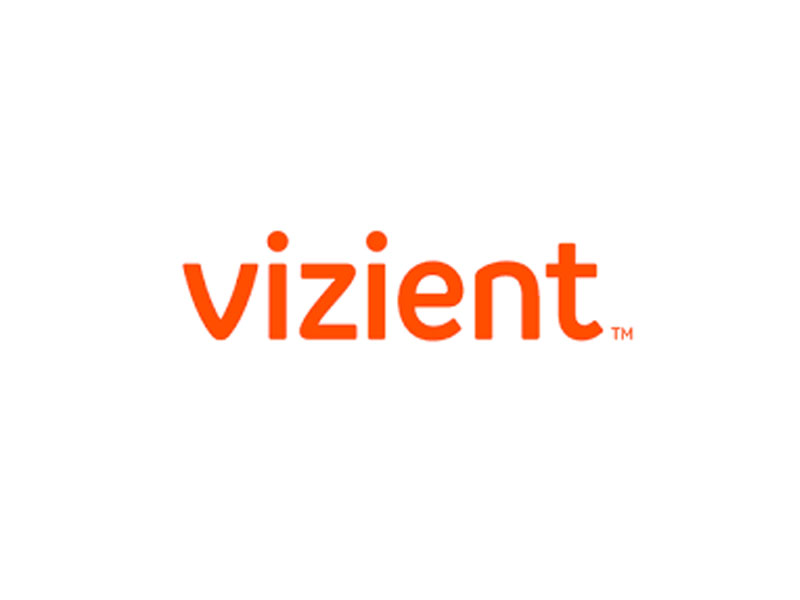Vizient has officially published the results from its latest Spend Management Outlook report, which is designed to forecast the change in prices of pharmaceuticals, medical devices and supplies, capital equipment, and services between July 1, 2025 and June 30, 2026.
Going by the available details, this particular report predicts a 3.84% increase in pharmacy, and an increase of 2.3% in non-pharmacy spend over the given timeframe. Furthermore, the report also includes a comprehensive analysis of emerging trends and pricing dynamics affecting healthcare.
In case you weren’t aware, Vizient’s Spend Management Outlook happens to be a comprehensive forecasting and intelligence resource which makes it possible for healthcare organizations to get an idea regarding total expense management for both the acute and ambulatory care environments. The lowdown effectively covers components like medical and surgical products, laboratory, indirect spend and purchased services, capital equipment solutions, pharmaceuticals, along with physician preference items.
Anyway, the latest report prepared a list of top 15 drugs by total spend for Vizient pharmacy program participants. Here, it revealed that Humira®, manufactured by AbbVie, once again secured the top spot, whereas semaglutide (Ozempic® and Wegovy®) from Novo Nordisk ended up retaining its top 5 position. Markedly enough, we also saw a new entrant in the form of tirzepatide (Mounjaro® and Zepbound®) from Lilly at No.10.
Anyway, all these drugs were found to contribute heavily towards increase in pharmacy spend across ambulatory settings (3.96%) exceeding the growth rate projected for acute care (3%).
“The shift to ambulatory setting sites reflects the industry’s broader focus on cost efficiency and patient-centered care, which will have big impacts from financial, clinical and operational perspectives, as it reshapes the healthcare industry,” said Carina Dolan, associate vice president, market intelligence, Vizient.
Moving on, while specialty and personalized pharmaceuticals already account for more than 54% of total drug spending in the US, they are expected to see further uptick in pricing. In this space, Humira®, STELARA® (Janssen Biotech) and SKYRIZI® (AbbVie) are tipped to have the largest price increases.
Vizient’s report also included high-impact drugs that are expected to enter the market during 2025 and their anticipated wholesale acquisition costs (WAC). These were headlined by two oncology agents, a subcutaneous version of a previously approved drug, amivantamab (Rybrevant®), for non-small cell lung cancer (estimated WAC $325,000 to $525,000), and a new first line treatment for unresectable or metastatic hepatocellular carcinoma, camrelizumab (estimated WAC $170,000 to $250,000).
Beyond the top 15 drugs, Vizient specialty pharmaceutical list had more than 745 different medications, with more than half used in oncology, neurology and autoimmune and inflammatory disease states. This indicates that the influence of these products is set to continue for the foreseeable future.
Among other things, we ought to mention how providers are also encouraged to invest more time and attention to the significant administrative and financial challenges of these agents, as well as the staffing and technology needed to conduct benefits investigation, patient education, clinical monitoring and financial planning.
Turning our attention towards, non-pharmacy healthcare spend, Vizient sees market prices related non-pharmacy healthcare supply chain rising by an average of around 2.3% between July 2025 and June 2026. As for what is likely to drive this increase, the answer includes long term elevated prices for raw materials, cost pressures for shipping, and tariffs impacting several medical-surgical (med-surg) products manufactured in China.
Apart from that, the med-surg supply category is also forecasted to rise by 2.3% because of previously finalized tariffs on several products manufactured in China including supplies critical to healthcare such as gloves, needles, syringes and certain face masks.
“Given the wide-ranging challenges across all dimensions of spend, siloed solutions are no longer sufficient for effective forecasting. Our unified approach aims to provide actionable insights into the product categories with the highest spend while highlighting shared trends across these critical areas of resource investment,” said Steven Lucio, senior principal of insights and intelligence at Vizient.
Founded in 2016, Vizient has reached a point where it is now the nation’s largest provider-driven healthcare performance improvement company, serving more than 65% of the nation’s acute care providers, including 97% of the nation’s academic medical centers.





